Human and labour rights violations
 ©
Issou Sanogo /AFP GettyImages
©
Issou Sanogo /AFP GettyImages
One of the most common problems in the production of labour-intensive agricultural commodities is the lack of a living income for small-scale farmers and the lack of living wages for agricultural workers. Both living incomes and living wages are commonly understood to cover the costs required for a family to afford an adequate standard of living – which is an internationally recognized human right. A living income must, on top of that, allow self-employed farmers to cover the costs of economically viable production.
Living wages and living income
The International Labour Organizaton defines a living wage as a basic human right under several conventions and recommendations (e.g. ILO Convention 95 and ILO Convention 131). As opposed to living wages, a living income is not as clearly conceptualised. While the idea as such is also considered to fall under protections of international human rights law (right to an adequate standard of living), recognition is very slow.
According to the ILO, many of the millions of people working in agriculture worldwide are affected by low pay. Although no concrete numbers exist, the ILO estimates that
“many jobs in agriculture do not ensure decent levels of income and sustainable livelihoods; agricultural workers are among the groups with the highest incidence of poverty in many countries”.
In the 2020 report “Bitter Oranges”, Public Eye documented that in the production of oranges in Brazil, countless pickers work for wages that barely provide a living. Together with the investigative NGO Repórter Brasil, Public Eye investigated the exploitative working conditions on several plantations in the state of São Paulo. Swiss trader Louis Dreyfus Company (LDC) for example, which is one of the three largest orange juice traders in the world, does not ensure a living wage to the workers on its Brazilian plantations. The conditions on the plantations of some of LDC’s suppliers are even worse. Certain pickers work exclusively on productivity wages, i.e. wages that depend on how many oranges are picked each day. As a result, some do not even reach the statutory minimum wage. In addition, local contacts reported that there is also a high prevalence of unregistered workers among third-party suppliers. Without contracts and thus without effective labour protections, the orange pickers are practically powerless in face of the exploitative working conditions.
Another case of exploitative working conditions including the lack of living wages involves the Swiss-based banana trader Chiquita. In April 2019, the Swiss magazine Beobachter publicised severe labour rights issues on Ecuador’s banana plantations, some of which supply Chiquita. These violations involve 12-hour workdays, poverty wages and employment without contracts.
This was also confirmed by Public Eye in a report released in March 2020: Low wages are one of the biggest problems in Ecuador's banana production. Even with a full-time job, it is hard to make the legal minimum wage of 400 dollars per month, let only secure a livelihood. Numerous people also reported that employment contracts are rarely concluded and that hardly any social security contributions are paid.
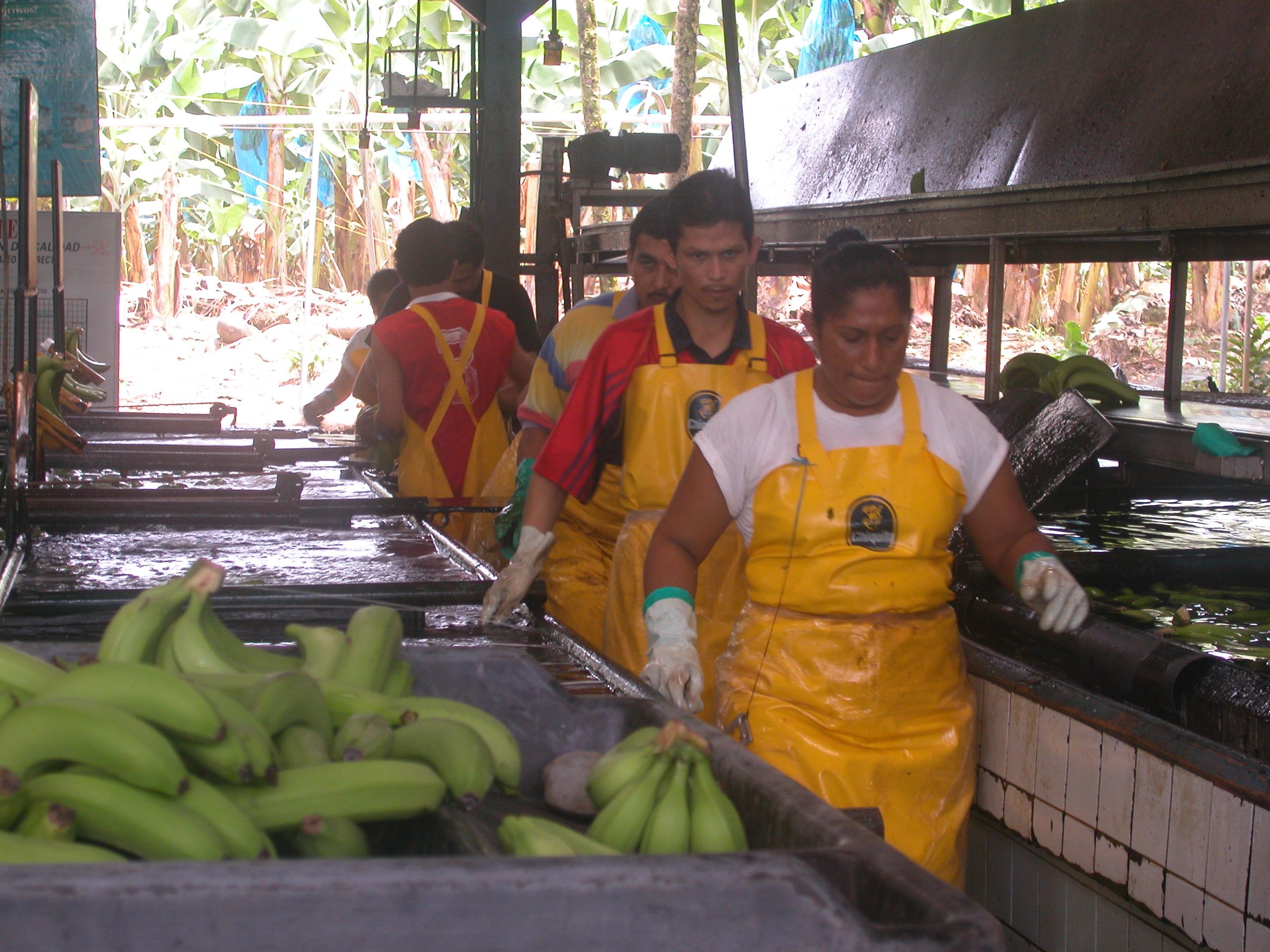 ©
François Meienberg / Public Eye
©
François Meienberg / Public Eye
In the production of cocoa, for example, the lack of a living income is a common issue. While this is increasingly being acknowledged both by cocoa traders and manufacturers, very few cocoa farmers are currently earning an income that comes even close to a living income and many continue to earn less than the international poverty line of USD 1.90 per day. Despite making promises about reducing poverty of small-scale farmers, even the most powerful cocoa traders such as Cargill and Olam have failed to make significant steps towards ensuring farmers along their supply chains earn a living income. This was confirmed in a 2021 report by US-based NGO Mighty Earth which analysed company commitments on living income, amongst other issues. The report concluded that not a single cocoa trader scored well and that neither ECOM, nor Cargill or Olam have so far taken any effective measures or changed their business practices significantly to ensure living incomes.
Calculations by the VOICE network (Voice of Organisations in Cocoa) also show that the purchase price necessary for a living income is significantly higher than previously assumed. This means that the cocoa prices paid by companies today are even lower and more unjust than previously thought.
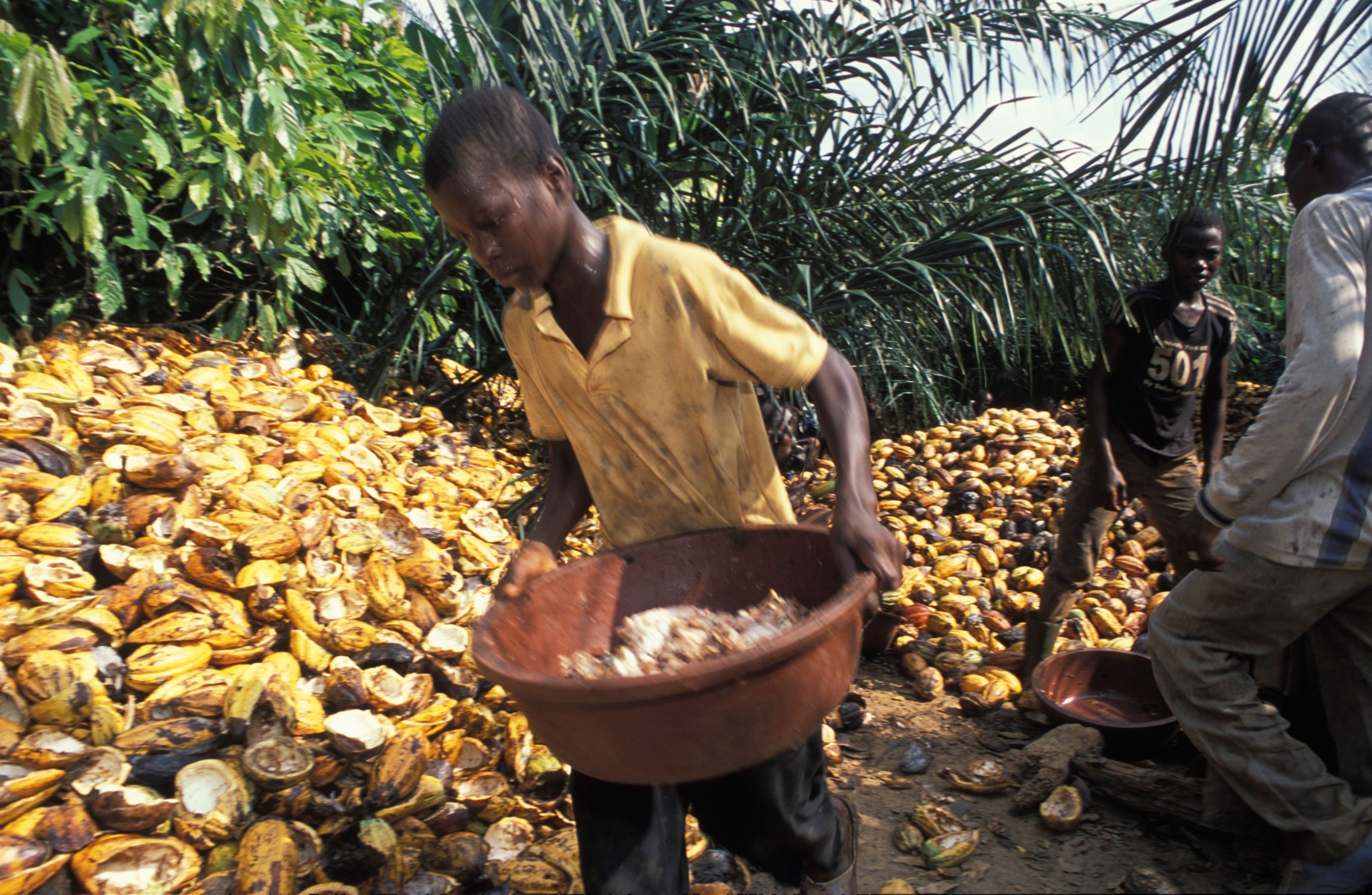 ©
Kim Naylor
©
Kim Naylor
Forced Labour
Agricultural is also one of the high-risk sectors for modern slavery. In agriculture, fishery, and forestry, close to 1.83 million people work under slave-like conditions globally. The International Labour Organization uses “modern slavery” as an umbrella term for forced labour and forced marriage. It is generally understood to comprise exploitative conditions in which people are trapped due to threats, violence, coercion, deception and/or abuse of power.
Forced labour occurs primarily in labour-intensive agricultural production and is so widespread that it can be considered endemic in the production of agricultural commodities.
For example, in 2015 the German NGO Christliche Initiative Romero and the Austrian NGO Global 2000, reported that workers on a plantation in Brazil that supplied orange juice-giant Cutrale had not been paid for several weeks. Furthermore, the debts of the workers increased daily due to the high costs they were being charged for transport to the plantation, accommodation and food, which was provided by the local labour contractor at extortionate prices. The workers were thus unable to leave the plantation as they were heavily indebted to the contractor and could not even afford the bus journey back home.
The authors of the report call this a modern system of slavery and they are not alone in doing so. The Brazilian Ministry of Labour and Employment itself put Cutrale on their “dirty list” of slave labour. Brazil launched an anti-slavery strategy in the mid-1990s. Until the latest revision of the labour code in 2017, authorities regularly carried out raids and engaged in a ‘name-and-shame’ strategy towards companies that had been found to be engaged in slave labour. Investigations concerning forced labour were conducted involving all three large orange juice traders (Cutrale, LDC, Citrosuco). Some probes resulted in lawsuits and others in fines and compensation. For example, in March 2014 a tribunal ordered Cutrale and two other companies to pay 113 million Reais (USD 43 million) in penalties and to stop irregular subcontracting of orange pickers.
However, since the revision, labour protections have been relaxed and the lack of resources of the Ministry of Labour mean that investigations are becoming increasingly difficult, and in the rare cases when they are conducted, they are only done so upon suspicion. During Public Eye's research into the working conditions on orange plantations in São Paulo in early 2020, public prosecutor Araujo Gomes said it was unknown what was happening on the plantations. What is certain is that it is mainly migrant workers from north-eastern Brazil who come to São Paulo to work in the citrus sector. Many of them are not unionised and depend heavily on orange producers such as LDC and Cutrale, for it is them who finance and organise the long journey back home for the workers.
Forced labour is also an endemic problem in the cotton fields of Central Asia. The forced mobilisation of workers in both Uzbekistan and Turkmenistan is a leftover from Soviet times. In both countries, currently run by authoritarian regimes cotton sales make up a significant part of their export earnings and their governments send employees of state-run companies into the fields during harvest season. Although officially “pick or pay,” given an unemployment rate of up to 50% in Turkmenistan, many employees do not dare to resist or cannot afford to pay their way of the labour. Nevertheless, Swiss-based cotton trader Reinhart traded cotton harvested in Turkmenistan up until recently. ECOM Agroindustrial closed its Turkmen office in 2017; up until then, however, also bought cotton harvested in the country.
 ©
Dieter Telemans / Panos
©
Dieter Telemans / Panos
Child labour
Child labour is another widespread violation regularly found in the agricultural sector. According to the ILO, child labour is “work that deprives children of their childhood, their potential and their dignity, and that is harmful to physical and mental development”.
According to the International Labor Organization's 2021 report, the number of child laborers is rising for the first time in 20 years. 160 million children - almost one in ten children worldwide - are affected by abusive child labour; 8 million more than in 2016. The age group between 5 and 11 years records the largest increase. Even in 2021, the International Year for the Elimination of Child Labour, there is no improvement in sight; on the contrary: by the end of 2022, an estimated additional 9 million children will be affected by abusive child labour due to the consequences of the Covid-19 pandemic.
The agricultural sector accounts for 70% of child labour globally, almost 112 million children.
This does not entail, as is sometimes misrepresented, children occasionally helping their parents on family farms, but harmful forms of child labour as prohibited under international human rights law. Child labour has serious consequences, not only for the children concerned, but also for their families and for society as a whole. Lack of access to education clouds the prospects of children, who have little opportunity to escape this situation and to improve their lives. Moreover according to the ILO, child labour “perpetuates poverty across generations” and “[t]his lowering of human capital has been linked to slow economic growth and social development“.
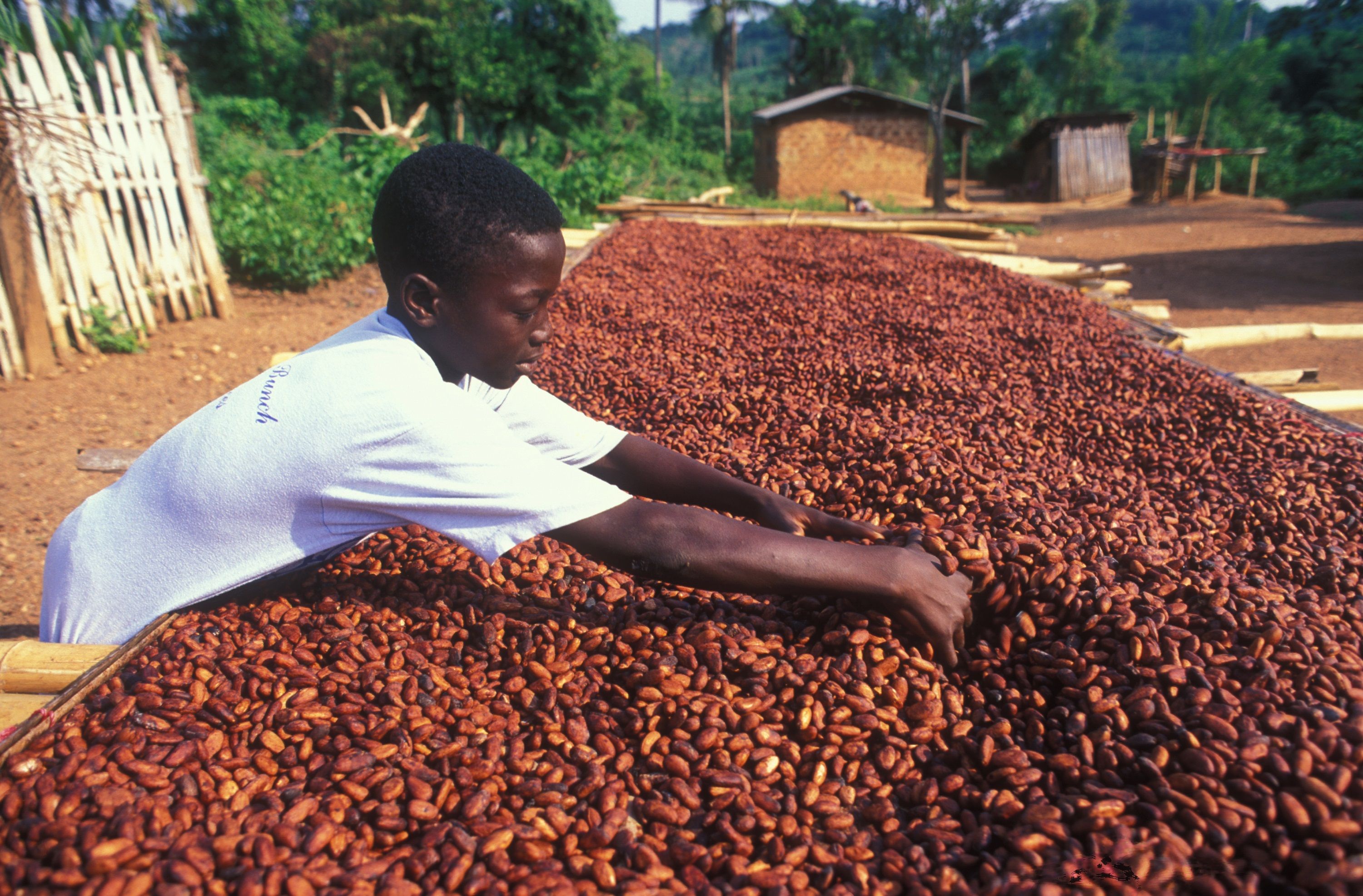 ©
Kim Naylor
©
Kim Naylor
Child labour is particularly widespread in the small-scale production of certain labour-intensive agricultural commodities such as cocoa. This is endemic in the two main cocoa producing countries of Côte d’Ivoire and Ghana who together account for roughly two thirds of global cocoa production. A 2020 report by the University of Chicago found 1.5 million children to be involved in child labour in Côte d’Ivoire and Ghana alone. Swiss traders also profit from child labour in their supply chains as has been reported repeatedly. Concrete evidence stems from a 2020 broadcast by Swiss TV channel SRF as well as a 2019 TV broadcast by French channel France 2 on cocoa illegally harvested from protected areas in Côte d’Ivoire. The reports found child labour to be widespread on the plantations investigated, some of which are UTZ-certified. In some instances, every third worker was a child and cases of child trafficking from neighbouring Burkina Faso were also reported. Cargill, who buys from the plantations investigated by France 2, at first denied that it was buying cocoa from protected areas. However, Cargill was forced to admit that its traceability system had not reached these areas, and therefore that it could not fully trace the origins of its cocoa, contrary to its own claims.
One of Cargill’s biggest customers of cocoa sourced from Côte d’Ivoire is Swiss-based food giant Nestlé as was later reported in a broadcast by Swiss TV channel RTS. Moreover, a lawsuit launched in 2005 in the USA against Cargill and Nestlé was filed by former child slaves from Mali who accuse the companies of being complicit in perpetuating child slavery in Côte d’Ivoire. The U.S. Supreme Court dismissed the case in 2021, preventing the six former child slaves from finally accessing their Right to Remedy. The two companies had fought tooth and nail against being held responsible for the abusive working conditions on West Africa's cocoa plantations. Although neither Nestlé nor Cargill deny the abuses, they deny any liability for them.
Even in 2020, trafficking of children to produce cocoa is a sad reality. Ivorian authorities freed 137 child slaves at the beginning of the year, some of whom had been forced to work on cocoa plantations. The children are usually trafficked from neighbouring countries such as Mali or Burkina Faso, or from other villages in the country.
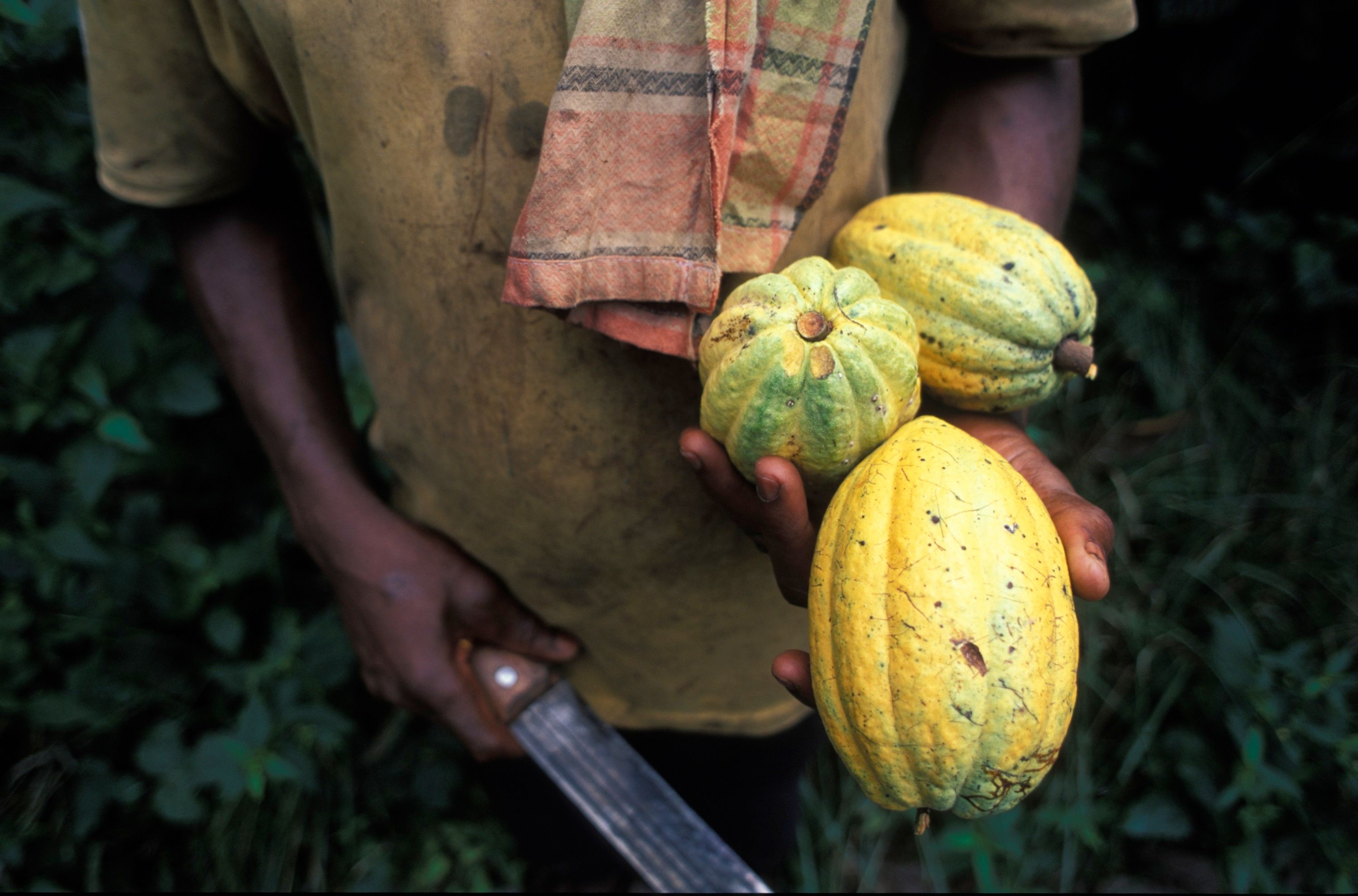 ©
Kim Naylor
©
Kim Naylor
Cocoa is not the only crop affected by child labour. Amongst the more notorious is also cotton originating in Turkmenistan. Although the Turkmenistan President issued a ban on child labour in 2008, children have been documented picking cotton to this day. Sometimes children as young as twelve have to fill in for their family members says Ruslan Myatiev, director of Turkmen.news, an NGO that, among other activities, monitors labour rights in Turkmenistan. Despite these reports, Swiss-based cotton trader Reinhart as well as ECOM continued to trade cotton harvested in Turkmenistan up until recently. Similarly, in Burkina Faso a 2019 report by NGO Solidar Suisse found 250,000 children to be working in the cotton harvest. The report alleges that Swiss traders Reinhart and Louis Dreyfus are profiting from this violation.
Uzbekistan was recently removed from the US Department of Labor’s (DOL) list of countries utilising child labour in cotton farming due to the moderate progress achieved over the last couple of years. The DOL no longer considers child labour in Uzbekistan’s cotton harvest a systemic issue. But civil society coalition Cotton Campaign does not agree and finds the removal to be premature.
Occupational health and safety
In terms of work-related fatalities, accidents and (chronic) occupational diseases, the agricultural sector is one of the most hazardous according to the Food and Agriculture Organization of the United Nations (FAO). “Workers face risks that include operating heavy machinery and equipment, lifting weights and working with animals on a daily basis. They are often exposed to harsh climate conditions, excessive noise and vibration, chemicals, infectious agents, dust and other organic substances.”
Pesticide use is one of the most hazardous practices in agriculture and is responsible for vast numbers of deaths by poisonings. Even though the exact number is difficult to estimate, as many as 25 million agricultural workers were believed to suffer from an episode of pesticide poisoning every year; in 220,000 cases the poisoning resulted in death, according to the World Health Organization (WHO). Approximately 99% of these deaths occurred in low and middle-income countries.
Public Eye’s report "Highly hazardous profits: How Syngenta makes billions by selling highly toxic pesticides“ (2019) illustrated for the first time how big the market for the most dangerous pesticides, those considered “highly hazardous”, actually is. Moreover, it showed that Basel-based Syngenta plays a central role in the sale of these substances, especially in low and middle-income countries. The company takes advantage of the weak regulations in countries such as Brazil, Argentina and India to sell pesticides, many of which are banned in Switzerland and the EU.
-
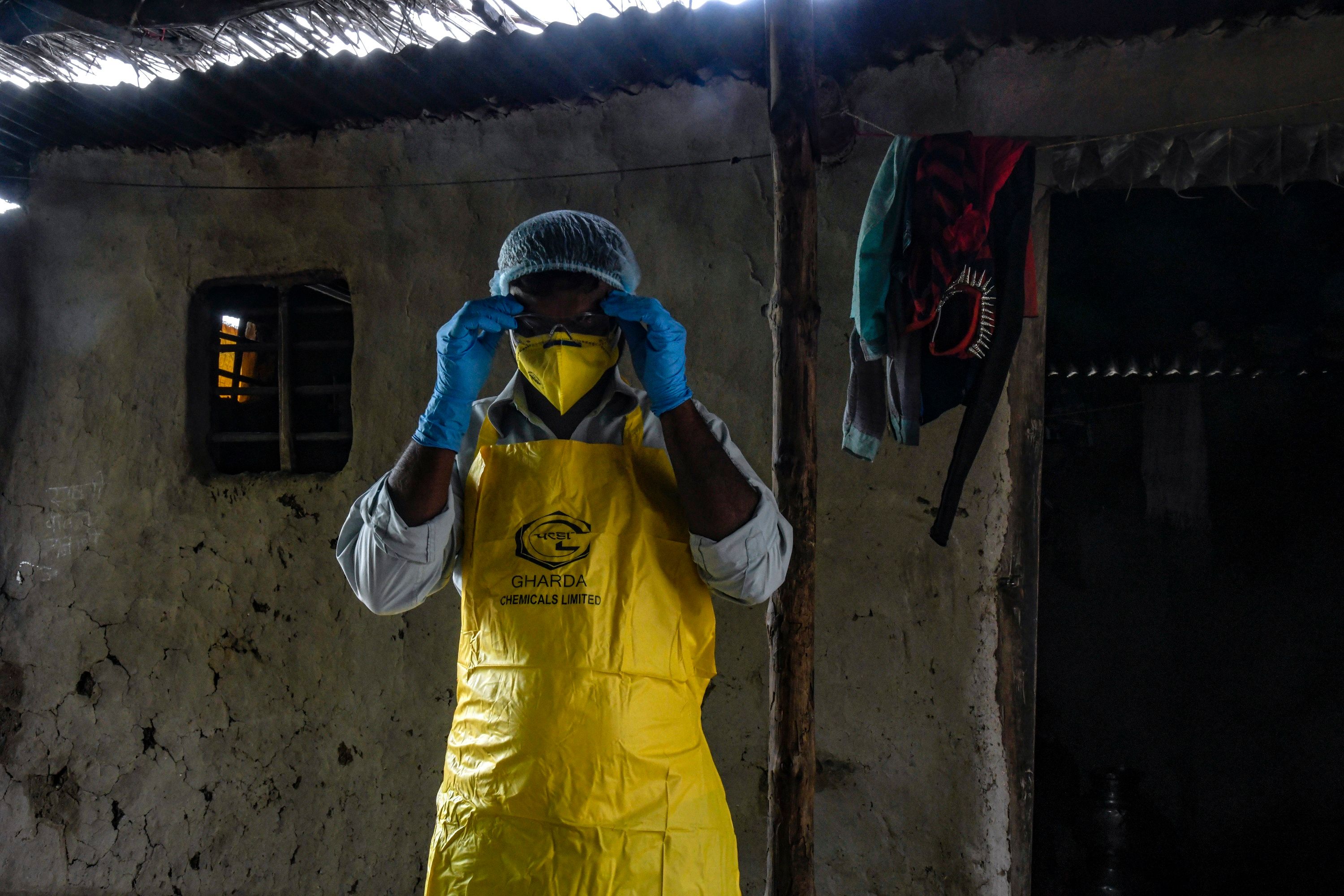 ©
Atul Loke / Panos
©
Atul Loke / Panos
-
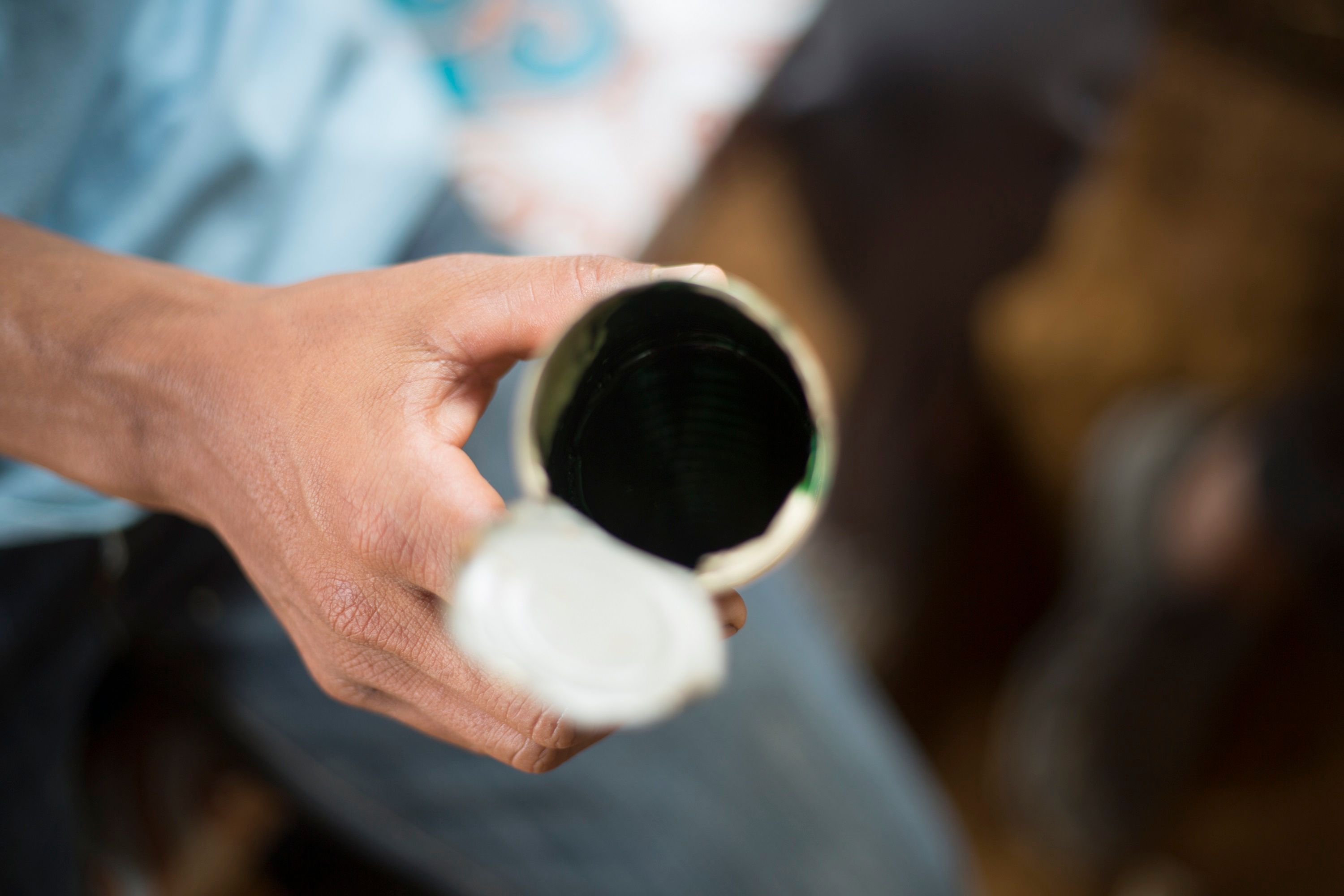 ©
Rojo Mabilin
©
Rojo Mabilin
-
 ©
Atul Loke / Panos
©
Atul Loke / Panos
In 2018, Baskut Tuncak, former UN Special Rapporteur on hazardous substances and waste, reported to the United Nations Human Rights Council that, “Exposure of workers to toxic substances can and should be considered a form of exploitation and is a global health crisis.” He continued, “[g]lobal supply chains are often implicated for failing to protect workers from toxic exposures and refusing to provide an effective remedy for individuals harmed.”
Often, workers are not provided appropriate training or personal protective equipment (PPE) to apply highly hazardous pesticides, or climatic conditions do not allow for PPE to be worn.
Public Eye has repeatedly documented the exposure of populations to pesticides and related health impacts, amongst others in its 2019 report on the use of highly hazardous pesticides focusing on Brazil’s agri-sector. Another Public Eye documentary on pesticide use on India’s cotton fields also confirmed the severe consequences of pesticides on workers detailing various cases of poisonings.
 ©
Atul Loke/Panos
©
Atul Loke/Panos
The use of highly hazardous pesticides is also widespread in banana production, as demonstrated in a 2020 report by Public Eye. The majority of banana producers in Ecuador rely on synthetic pesticides, including products that have long been banned in Europe such as Paraquat. The substance is mainly marketed by Basel-based agrochemical giant Syngenta and is one of its bestselling products. Sprayers who work with paraquat complain of dizziness, headache, or nausea. The pesticides are not only applied by hand but are also sprayed from small planes flying at a height of three to five meters above the endless, green monocultures. Directly adjacent to the plantations, there are schools, houses, and streets and so the poison does not only land on the banana leaves, but also in private gardens, streams, parks, sports facilities, playgrounds, and in the groundwater.
As early as 1998, the Swiss banana trader Chiquita vowed to stop using paraquat on plantations certified by the Rainforest Alliance. However, it still remains unclear whether and how the company controls that no Paraquat is sprayed on the farms of its numerous suppliers in Ecuador.

